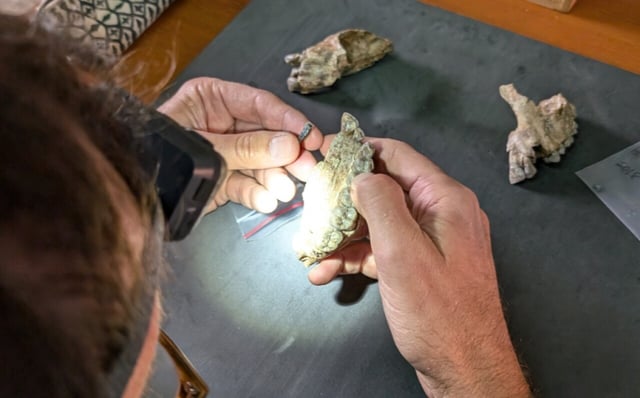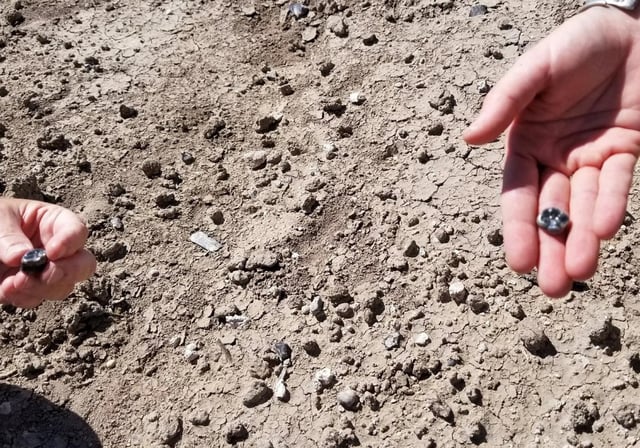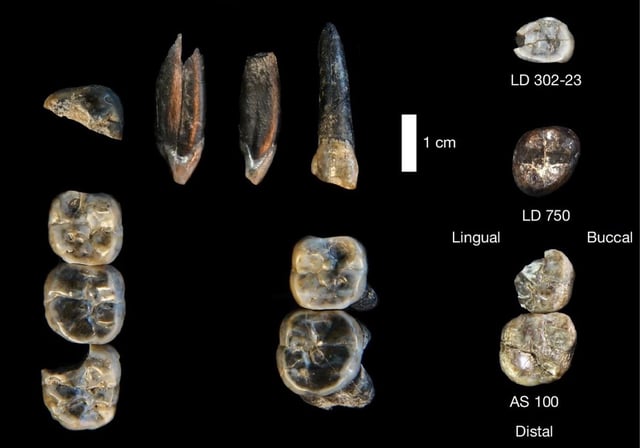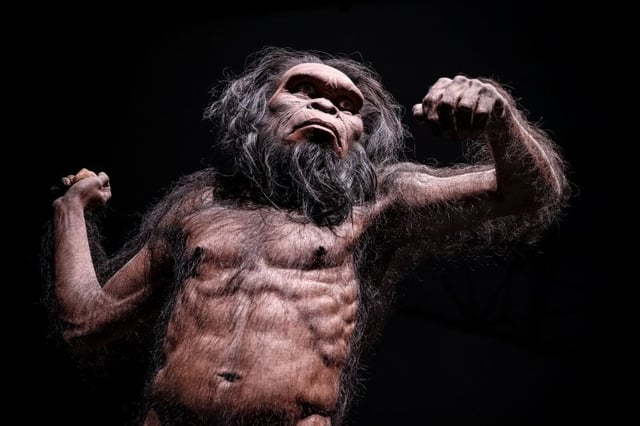Overview
- Researchers recovered 13 dental fossils from the Ledi-Geraru site in Ethiopia, attributed to both Australopithecus and early Homo individuals.
- Interbedded volcanic ash layers and argon-argon dating anchored the teeth firmly within a 2.6–2.8 million-year window.
- Morphological traits distinguish the Australopithecus specimens from known species like A. afarensis and A. garhi, indicating a previously unrecognized taxon.
- The simultaneous presence of Australopithecus and early Homo supports a non-linear, branching pattern in early human evolution.
- Ongoing enamel and isotope analyses, along with further excavations, aim to uncover additional fossils needed to formally name the new hominid species.



